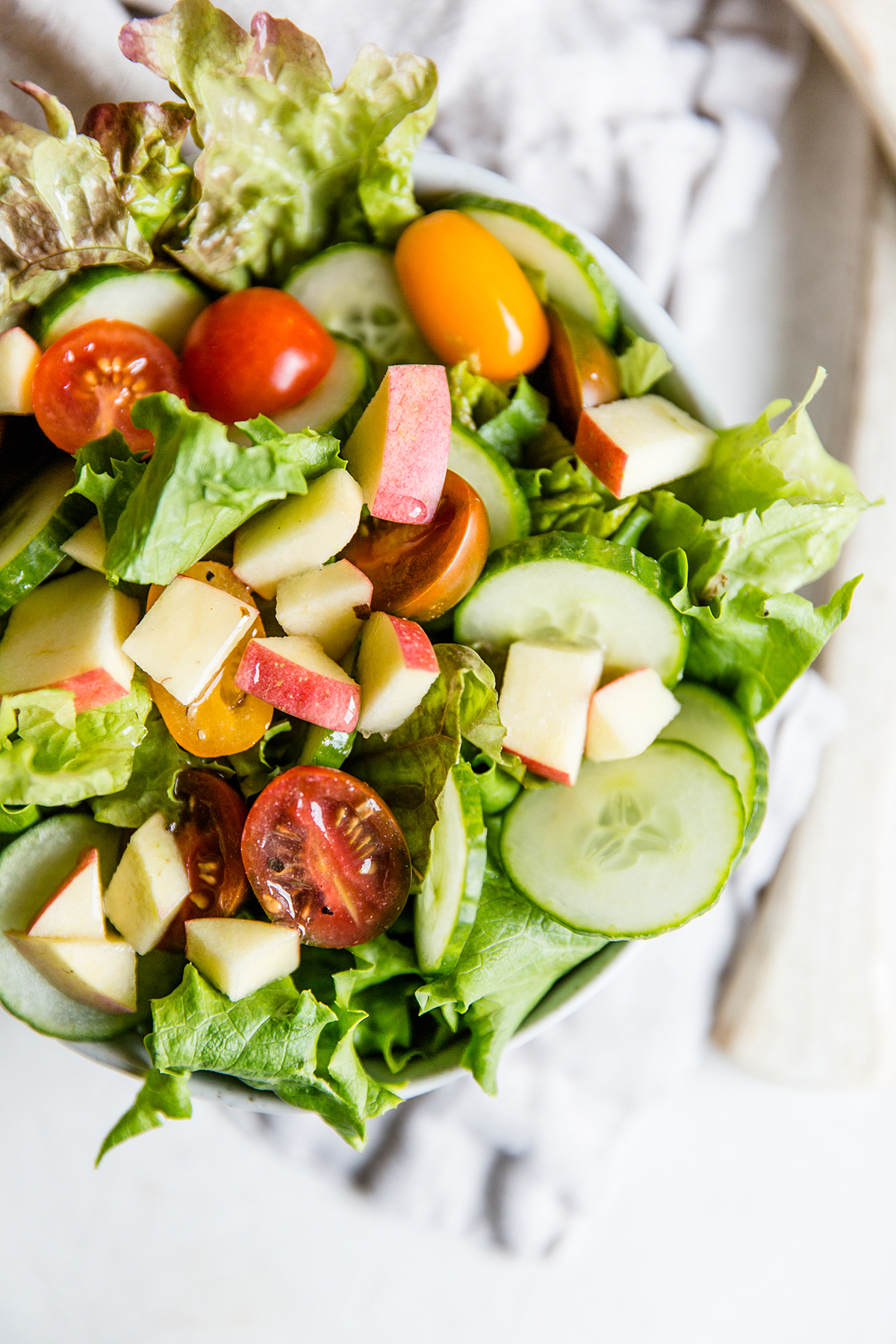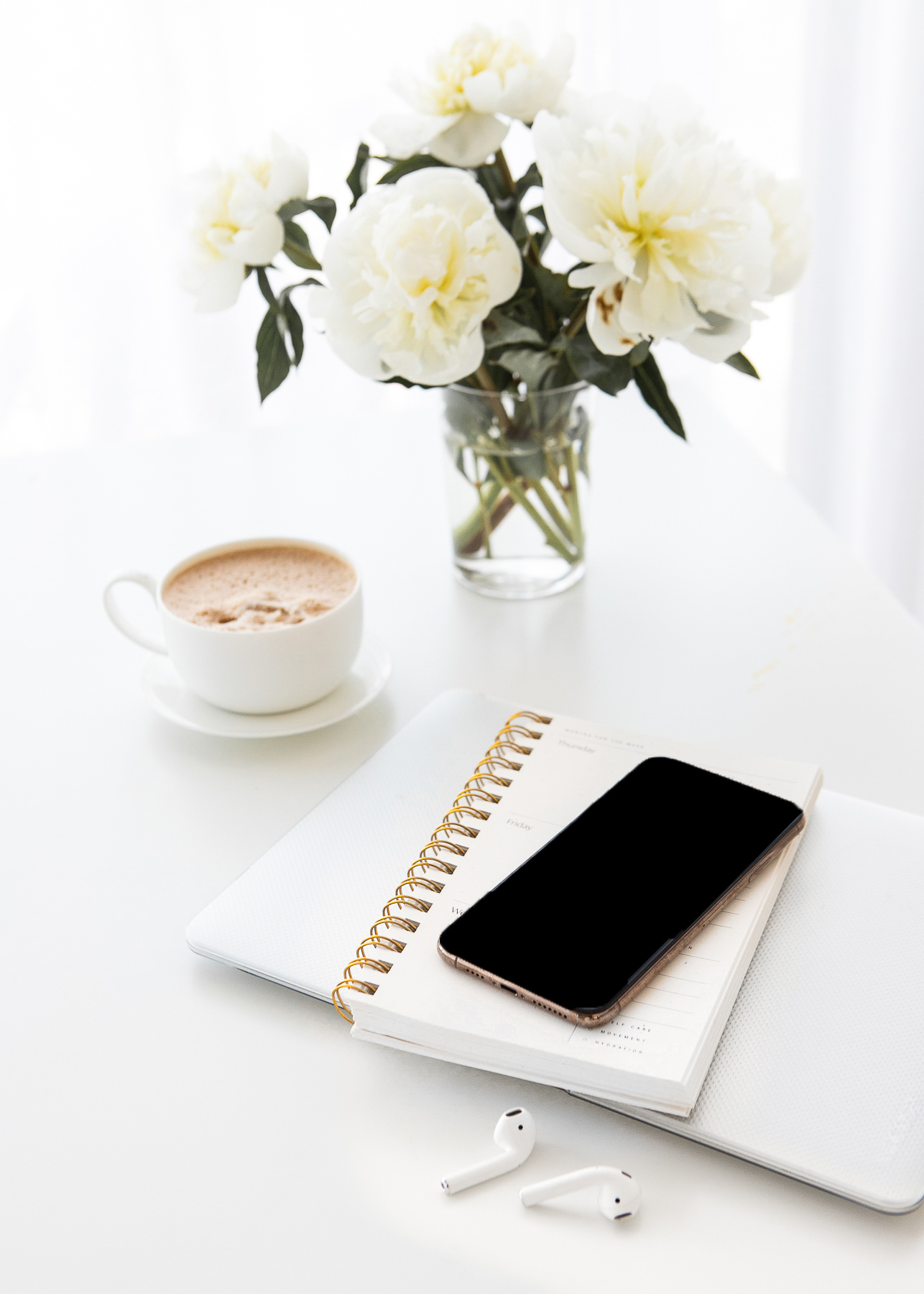In the fall and winter my clients often describe symptoms to me that resemble Seasonal Affective Disorder (SAD), which is a form of depression. It usually begins in the fall when we lose an hour of sunshine because of the time change. The symptoms often lift when we get that extra hour of sunshine back in the spring.
Have you experienced this? If you have, you are not alone. It can be uncomfortable and even scary to experience this change in your mental health. Many people that struggle with SAD don’t necessarily have these symptoms all year long and it’s hard to believe that with the change of the next season these symptoms will lessen or even completely disappear.
If you experience SAD, here are 10 things you can do:
1. Get some sunshine if possible
If you can, take advantage of the early morning sunshine, especially on those shorter days in the fall and winter. Sunlight re-sets your circadian rhythm which is your 24 hour internal clock that signals when it’s time to wake up and when it’s time to sleep. If you live in an area where there’s not a lot of natural sunlight or the sun is setting early and you’re unable to be outside, invest in light therapy. More on that in the next tip.
2. Use light therapy
Light therapy, also called phototherapy, mimics sunlight. Light therapy has been found to ignite positive chemical changes in our brain that may help ease symptoms of depression. This is a great option when natural sunlight is hard to obtain. Light therapy can be expensive, but there are some affordable options.
Two that I personally own, use, love, and would recommend are:
Bright Minds Therapy Lamp. I purchased mine from Dr. Daniel Amen’s Brain MD website for about $50.00. It’s small, portable, and super easy to use. I can also travel with it.
I purchased a photon therapy light last year from a company called Sauna Space. They are more expensive than some other options. They are selling right now for $595 but I purchased mine for less than that when they were having a sale. They do have a travel case you can purchase if you need it to be portable.
3. Supplement with vitamin D
I love when my clients know their vitamin D blood level number. It’s a super simple blood test that only takes a few minutes. You most often need to request for it to be done. In my opinion, it should automatically come with a preventative check up or physical but that’s not always the case. There’s enough scientific evidence that convinces me that a low vitamin D level may contribute to mental health issues and many chronic illnesses. I supplement with a vitamin that has vitamin D and vitamin K. This is the one I’m currently taking.
For more information on vitamin D, click here to read a post I wrote.
4. Eat nutritious, whole foods
I’m a firm believer that what we eat directly impacts our mental health. If you are experiencing Seasonal Affective Disorder (SAD) or depression in any form, adding nourishing, whole foods to your everyday diet will make a difference in how you feel. Focus on eating foods that fuel you and sustain you, whole foods, and real foods. Limit processed foods and fast foods and prepare as many foods as possible at home. I know there’s a convenience to grabbing a meal from a fast food restaurant, but if you are preparing meals at home you have complete control of the ingredients that go in to your meal. I have an article that goes more in depth about this topic here.
5. Limit sugar & caffeine
Most of us consume way too much sugar and caffeine in a day. According to the American Heart Association the maximum amount of added sugars that we should consume in a day is 37.5 grams (9 teaspoons) for men and 25 grams (6 teaspoons) for women. To put this into perspective, a 12 ounce can of coca cola contains 39 grams of sugar. Reading a products ingredient label is a great way to monitor our intake of sugar. Look for “added sugars” on the label, not the natural occurring sugar in food products like fruits and vegetables.
Being mindful of your caffeine intake is especially helpful when struggling with issues like anxiety or depression. Caffeine affects our adrenal system which can in turn spike our stress hormone cortisol. If you are consuming more than 1-2 cups of coffee per day and you’re drinking coffee to “give you energy” throughout your day, you may be drinking too much. Try cutting back and see how you feel. This also pertains to energy drinks and sodas. Caffeine also depletes us of nutrients and is dehydrating. I would suggest increasing your water intake for proper hydration. Our body is largely made up with water and properly hydrating can have wonderful affects for mood and brain function.
6. Move your body daily
I believe movement is the most under prescribed prescription in my field of mental health. Movement ignites all of your “feel good” hormones and has so many benefits to your mental health. I wrote a more in depth article on this topic here.
You don’t need a gym or extended periods of time to reap the benefits of movement. Even if you have ten or fifteen minutes a day, take advantage of that. Any movement is better than none. I think it’s great to have a small space or room dedicated to movement in your home. Equip it with a mat, light weights, bands, and things like a jump rope or a rebounder. If the weather or your schedule permits, taking a walk outside in nature has incredible benefits for mental health. I know when we are not feeling well emotionally, sometimes the last thing we want to do is move our body, but I promise it will help you in so many ways. The key is to move your body as long and as often as you can!
7. Try a breathing exercise
When we are anxious or depressed, we often hold our breath without even being aware of it. Breathing exercises are great because we bring awareness to our breath and can go from shallow, light breathing to intentional, deep breathing. When we breathe from our belly or diaphragm we ignite the vagus nerve which turns on our parasympathetic nervous system. This system is our “rest and digest” mode versus being in the “fight or flight” mode in our sympathetic nervous system. We want to be in the parasympathetic mode as often as possible. Being in this state can have an immediate change on our mood.
One of my favorite, easy to do anywhere, breathing exercise is the 4-7-8 breathing exercise. I learned it from a conference I attended a few years back with Dr. Andrew Weil. I have an Instagram video that might be helpful for you.
8. Journal your feelings
Journaling is a great way to identify what you are feeling at any given moment. When I’m feeling something but I’m not sure what, I like to write down on a piece of paper (or my phone), “I feel ________ right now” or “I am feeling _________ right now.” I’ll think through my day or maybe even a conversation I just had with someone and try to identify what emotions might have been triggered.
9. Meditate/pray
Meditation and prayer look different for every individual. As a practice, I spend 20-30 minutes a day praying through the things I’m grateful for, meditating on how I can best show up throughout my day, and surrendering areas of fear and anxiety to God. This simple practice helps me feel like I’m not alone and that I’m connected to something beyond myself. There are many proven benefits of how mindfulness and gratitude help our mood.
10. Talk with someone
As a counselor, I believe there are so many benefits to having someone in your life that you can talk to for an hour on a weekly basis, and counseling meets this need. If you are not able to afford counseling at the moment or you don’t feel counseling is for you, find someone that you feel safe with, maybe a friend or a family member, and share with them how you are feeling. There are also local and national crisis hotlines that you can call. You can call someone in your area or if you dial 988 you will be connected to a national crisis hotline where you can talk with a mental health professional.
A mental health non-profit that I have been working with this past year called The Big Silence provides great resources on their website and they have a hotline available for you too. Text HERO to 741741 and you will be connected to a crisis counselor. These hotlines provide free and confidential support. And of course, you can reach out to me at any time. My contact form is linked for you here.
With love,
~Debbie~











- Hide Comments